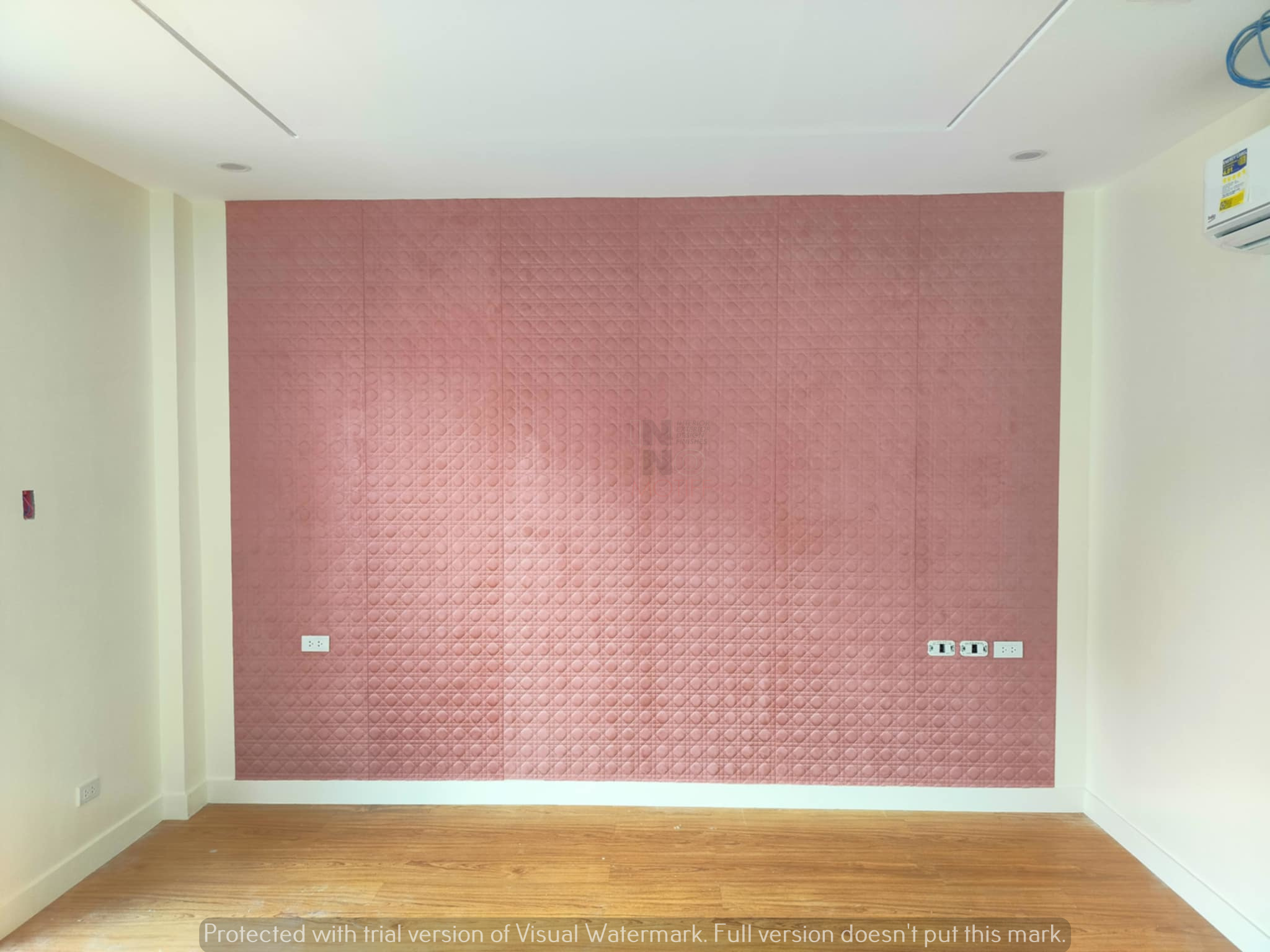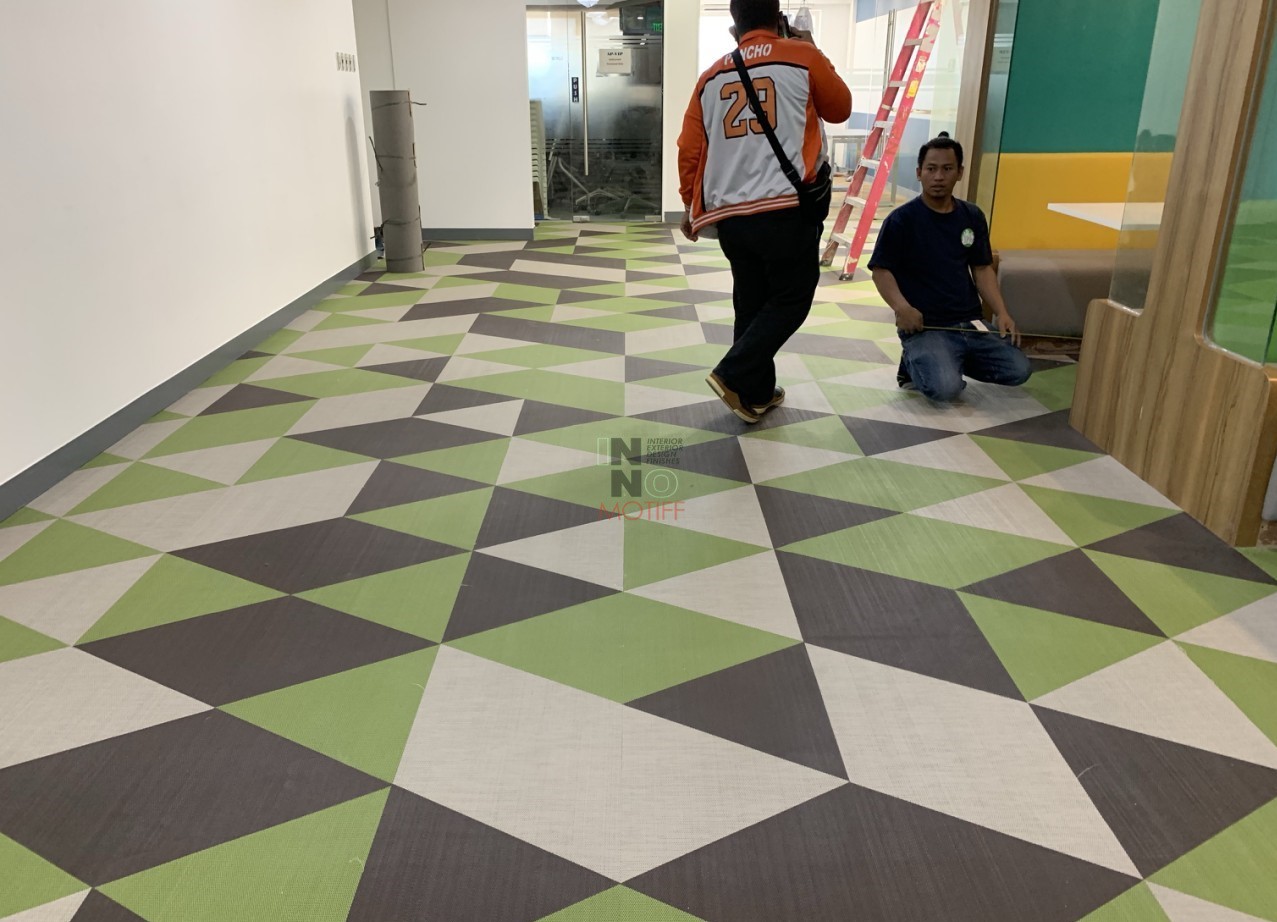Proper wound care is essential for maintaining health, preventing infections, and promoting faster recovery. A doctor for wound dressing plays a critical role in ensuring that wounds, whether caused by surgery, trauma, or chronic conditions, heal efficiently. While minor cuts and scrapes can often be managed at home, more serious wounds require professional attention to reduce risks and support optimal healing. Understanding when and why to see a doctor for wound dressing can make a significant difference in recovery outcomes and overall health.
Understanding Wound Dressing
Wound dressing involves applying specific materials or treatments to a wound to protect it from infection, absorb exudates, and promote healing. Different wounds have unique needs, and the choice of dressing depends on factors such as wound size, type, and severity. Acute wounds, like surgical incisions or accidental cuts, require careful monitoring to prevent infection. Chronic wounds, such as diabetic ulcers or pressure sores, need specialized care and consistent dressing changes. Proper wound dressing also helps maintain a moist environment, which accelerates healing and minimizes scarring. Inadequate care can lead to delayed healing, increased pain, and complications that may require more invasive treatment. Professional guidance ensures that the most appropriate dressing type is used and that the wound is regularly assessed for signs of infection or delayed healing. Understanding these fundamentals highlights why seeing a doctor for wound dressing is essential, especially for high-risk or non-healing wounds.
When to See a Doctor for Wound Dressing
Not every wound requires immediate professional attention, but certain signs indicate that medical care is necessary. Severe cuts, deep puncture wounds, burns, or wounds showing signs of infection such as redness, swelling, pus, or unusual odor should be treated promptly. Patients with underlying health conditions, like diabetes or compromised immunity, are at higher risk of complications and benefit from expert care. Attempting to manage complex wounds at home can result in improper healing or infection. Additionally, wounds that fail to show improvement after a few days should be evaluated by a doctor to adjust treatment strategies. Professional intervention helps identify underlying issues that might delay healing, such as poor circulation or bacterial colonization. Visiting a doctor for wound dressing ensures a thorough assessment and personalized care plan, which significantly improves the chances of successful healing.
Types of Doctors and Specialists for Wound Dressing
Various healthcare professionals provide wound care, and understanding their roles can help patients choose the right provider. General practitioners can manage minor wounds and provide initial dressing, but more complicated wounds often require specialists. Wound care specialists or surgeons possess advanced training in treating complex wounds, chronic ulcers, and post-surgical complications. Specialized nurses trained in advanced wound management can apply dressings, monitor healing, and educate patients on wound care techniques. Choosing the right doctor depends on the type and severity of the wound, as well as the patient’s overall health condition. Collaboration between different specialists may be necessary for wounds that are chronic or complicated by other medical issues. Ultimately, seeing a qualified professional ensures that the wound receives the most effective treatment and that healing progresses safely.
Procedures and Techniques Used in Professional Wound Dressing
Professional wound dressing involves more than simply covering a wound. Doctors assess the wound’s condition, clean it thoroughly, and perform debridement if needed to remove dead tissue and reduce infection risk. Selecting the appropriate dressing is crucial; options range from gauze and foam to hydrocolloid, alginate, and antimicrobial dressings. Advanced techniques such as negative pressure wound therapy can promote faster healing in complex wounds by stimulating tissue growth and removing excess fluids. The frequency of dressing changes depends on the wound type, amount of exudate, and healing progress. Doctors monitor for signs of infection, delayed healing, and other complications, adjusting treatment plans accordingly. Additionally, professional care often includes recommendations for wound care at home, hygiene practices, and guidance on avoiding activities that may hinder recovery. These techniques collectively ensure that wounds heal efficiently and with minimal complications.
Benefits of Seeing a Doctor for Wound Dressing
Seeing a doctor for wound dressing offers multiple benefits that go beyond simple wound coverage. Professional care ensures faster and safer healing by using evidence-based techniques tailored to each wound. The risk of infection, scarring, and other complications is significantly reduced when a specialist manages wound care. Patients receive personalized treatment plans that consider overall health, lifestyle, and wound type, ensuring optimal outcomes. Regular monitoring by a doctor allows for early detection of any issues, enabling timely adjustments to treatment. Professional guidance also provides reassurance and education, empowering patients and caregivers to support healing at home. Ultimately, consulting a doctor for wound dressing not only accelerates recovery but also promotes long-term skin and tissue health.
Cost and Accessibility
Professional wound dressing can vary in cost depending on the healthcare provider, wound complexity, and geographic location. General practitioner visits tend to be more affordable, while specialized wound care clinics or surgeons may charge higher fees for advanced procedures. Insurance coverage often helps offset costs, especially for chronic wounds or post-surgical care. Many hospitals and clinics offer dedicated wound care services, while telemedicine options allow patients to receive guidance remotely for certain types of wounds. Accessibility may be enhanced through home healthcare services for patients with limited mobility or chronic conditions. Investing in professional care can save time, reduce complications, and prevent costly hospitalizations caused by infections or improper healing. Considering cost and access helps patients make informed decisions about seeking professional wound care.
Preventive Measures and At-Home Support
While professional care is critical, patients can take measures to support healing at home. Keeping the wound clean, maintaining proper hygiene, and following the doctor’s instructions for dressing changes are essential steps. Adequate nutrition, hydration, and avoiding smoking can improve tissue repair and overall healing. Patients should monitor for signs of infection, such as increased redness, swelling, or discharge, and seek prompt medical attention if they occur. Avoiding activities that put stress on the wound site or compromise healing is equally important. Doctors often provide tailored guidance on exercises, protective measures, or home care products to optimize recovery. By combining professional care with responsible at-home practices, patients enhance the likelihood of faster, complication-free healing.
Frequently Asked Questions (FAQ)
How often should a wound dressing be changed by a doctor?
The frequency depends on the wound type, severity, and dressing used. Some wounds require daily changes, while others may be monitored every few days. Your doctor will provide a personalized schedule based on healing progress.
Can any doctor perform wound dressing, or do I need a specialist?
Minor wounds can often be managed by general practitioners. Complex or chronic wounds may require a wound care specialist, surgeon, or specialized nurse for advanced management.
Are there risks to getting wound dressing done at home instead of a clinic?
Yes. Home care without professional guidance can lead to improper cleaning, infection, or delayed healing. Consulting a doctor reduces these risks.
How do doctors decide which type of dressing is best for a wound?
Doctors evaluate wound depth, type, exudate level, and risk of infection. Dressing selection aims to maintain a moist healing environment, reduce infection risk, and promote tissue repair.
Can professional wound dressing prevent scarring completely?
While proper wound care reduces scarring, it may not eliminate it entirely. Advanced dressing techniques, proper monitoring, and following the doctor’s instructions minimize visible scarring.









